ZMINA: Rebuilding - The Voice of Ukrainian Land in the Heart of Copenhagen
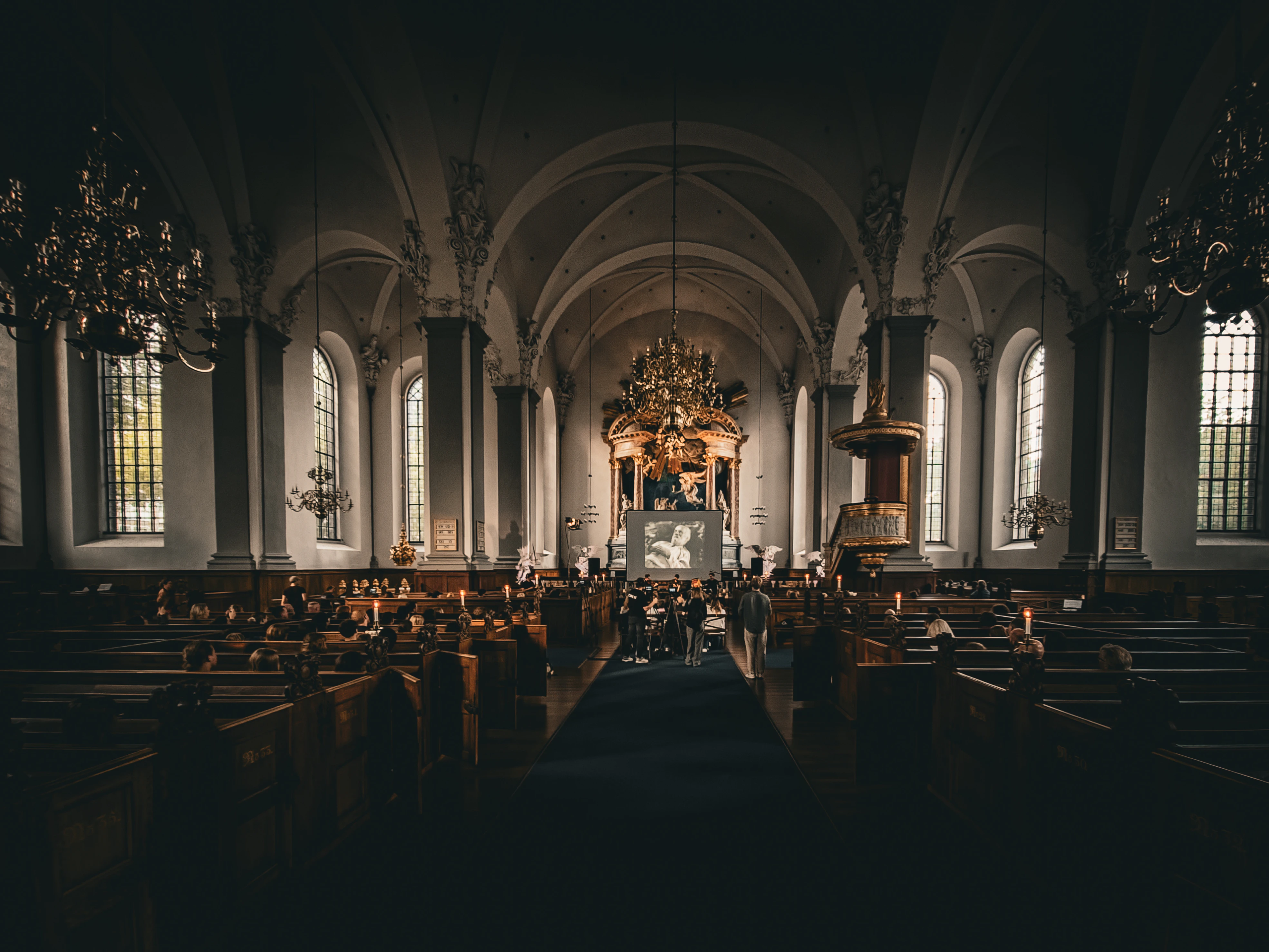
How did the collaboration between Mystetskyi Arsenal and Ukraine House in Denmark come about?
Katya Stukalova, Ukraine House in Denmark (UHD): There have long been established connections between the teams of Mystetskyi Arsenal and Ukraine House in Denmark. Many team members from both organisations had collaborated on numerous cultural events even before Ukraine House in Denmark was officially established.
In 2023, the curator of Ukraine House in Denmark Katya Stukalova, together with one of the Heart of Earth curators and the then deputy director of Mystetskyi Arsenal, Olga Zhuk (who was working as an independent curator at the time), curated the exhibition Brave to Witness: Ukrainian War Diaries at Ukraine House in Denmark. This collaboration sparked the idea to update and bring the seminal project Heart of Earth, created by the Mystetskyi Arsenal (MA) team, to Denmark.
Simultaneously, UHD has received a recommendation from the Ukrainian Institute to show this exhibition in Denmark as an important initiative for an international audience. So after a brainstorming meeting between the two teams, we decided to try to find the funding.
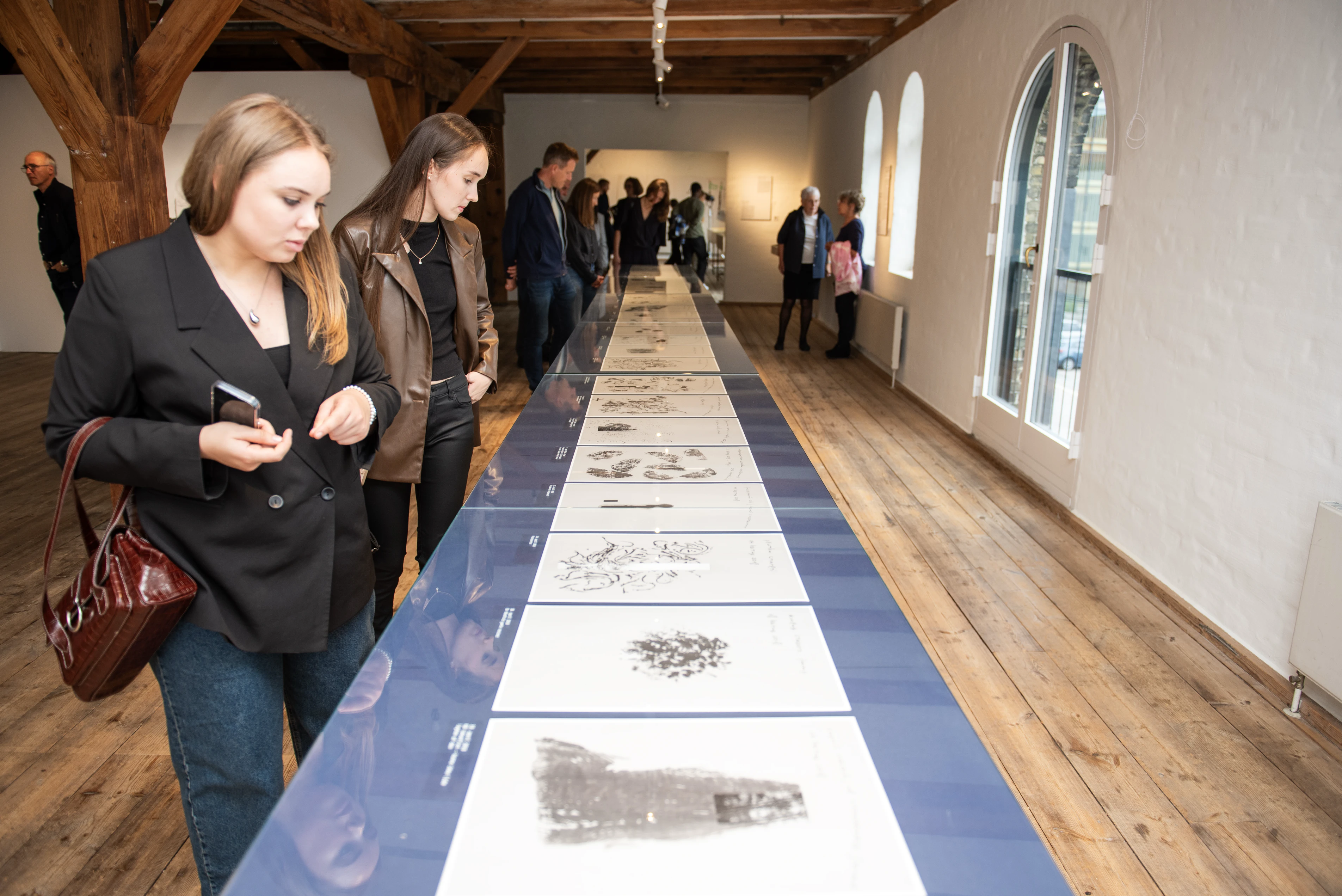
Please tell us more about the Heart of Earth exhibition – where and on what initiative was it created, who are the artists involved, and where has it been shown so far?
The 'Heart of Earth' exhibition is the second project which was opened at Mystetskyi Arsenal after the start of the full-scale invasion. Back then, we were talking about the manifestation of the relationship between people and the earth, as well as the importance of Ukraine for the world's food security. Since then, the exhibition has not lost its relevance, it has only been filled with new meanings.
Natalia Stanko, Mystetskyi Arsenal (MA)
In August 2022, the Programme Council of the Mystetskyi Arsenal convened to deliberate on projects for the upcoming six months. At that time, the Kharkiv counter-offensive had not yet commenced, and Kherson remained under Russian control. Here, we should mention that the Mystetskyi Arsenal programming approach centers on the ongoing quest to uncover significant yet often overlooked social issues that culture senses and addresses.
The team reflected on a profound, even global question that has been simmering beneath the surface of society, and has yet to become fully apparent. The curators contemplated the broader implications of the Russian-Ukrainian War, focusing not primarily on military alliances or the political ramifications for democracy, but rather on the personal and somatic impacts experienced by individuals disconnected from the frontline. They pondered how a person, far removed from the chaos of warfare and unaware of the devastation in southern Ukraine, perceives the war through their own body and senses. How does the pervasive atmosphere of the Russian war extend across the world?
This line of thinking prompted the curatorial team to explore Ukraine's role in the global food supply, in particular the state of its soil and water resources, as well as the varied perceptions of land throughout the turbulent 20th century. They discussed how Ukrainian peasants’ struggle for land has historically sparked revolutions, and how the yearning to cultivate one's own field has represented both aspiration and burden for earlier generations. Together, in that room, with the backdrop of the ongoing Russian war, they recognized how their connection to specific Ukrainian lands and the memories of the people who once inhabited them varied greatly. The overarching global question became deeply intertwined with an intimate exploration of the local soil.
There are the names of the artists that participated on the project: Kateryna Aliinyk, Katya Buchatska, Oleksandr Burlaka, Andrii Dostliev & Lia Dostlieva, Ksenia Hnylytska, Nikita Kadan, Zhanna Kadyrova, Alevtina Kakhidze, Kateryna Lysovenko, Daryna Mamaisur, Elias Parvulesco, Viktoriia Rozentsveih, Anton Saienko, Olena Turianska, Bohdana Voitenko, Anna Zvyagintseva.
Through their evocative works, the artists explored themes of colonial exploitation, the weaponization of food, and environmental damage caused by war.
The exhibition aimed to highlight Ukraine's crucial role in global food security, a topic that has become increasingly relevant amidst Russian attacks on grain export infrastructure, the destruction of dams, and the escalating ecological crisis.
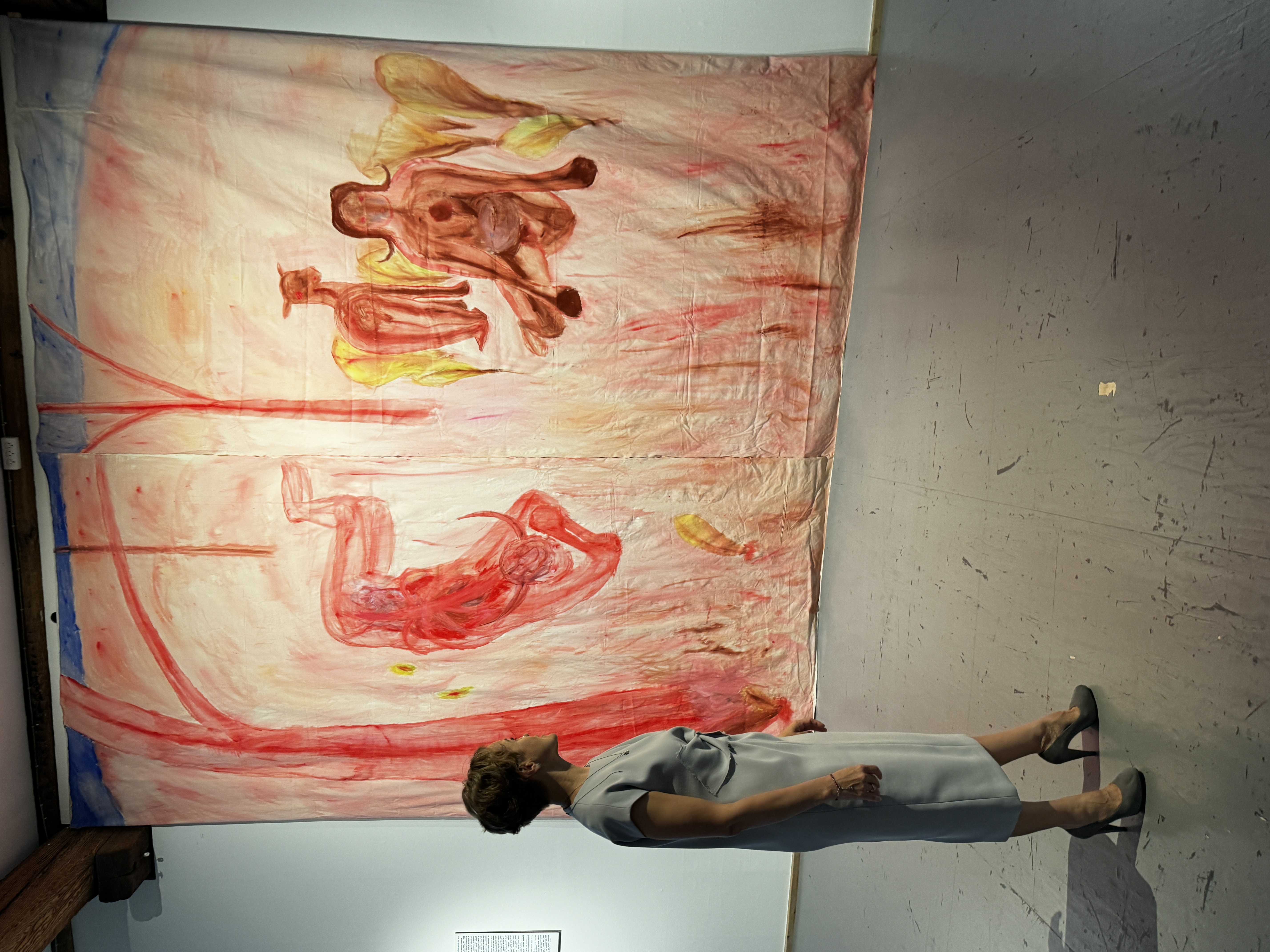
Why did you choose this particular theme?
MA: The exhibition alone may not directly improve the situation of food security or the reconstruction of the agricultural sector; however, it has played a vital role in raising awareness about the scope and impact of the ecocide occurring during the war in Ukraine. It has helped to inform a broader audience about the potential consequences of local ecological and economic disasters on the global environment and economy.
To amplify this impact, we deliberately developed a parallel programme designed to explore the implications of the war in Ukraine on local and global ecology and economy through diverse approaches and audiences. This included bringing together leading experts in demining and agricultural reconstruction during panel discussions, reaching one of the hardest-to-reach audiences with a screening at the UN City, and hosting a Holodomor commemoration event. The latter provided visitors with an emotional connection to the experiences Ukrainians are enduring today, as well as those they have faced throughout history.
I read that an updated version of the exhibition is on display in Copenhagen. What exactly does that mean, and how is it updated?
UHD: There are 3 main ways the exhibition was updated:
- Works that are no longer available were replaced by the projects of the same artists that equally well fit into the concept of the exhibition;
- Some of the Russian war crimes against Ukrainian ecology, nature and agriculture happened already after the exhibition’s premiere in Kyiv in 2022 (such as the destruction of the Kakhovka Dam). The exhibition has been updated with the works that cover these topics (works by Viktoria Rozentsveih, Kateryna Buchatska).
- The informational materials and infographics have been updated with more recent data.
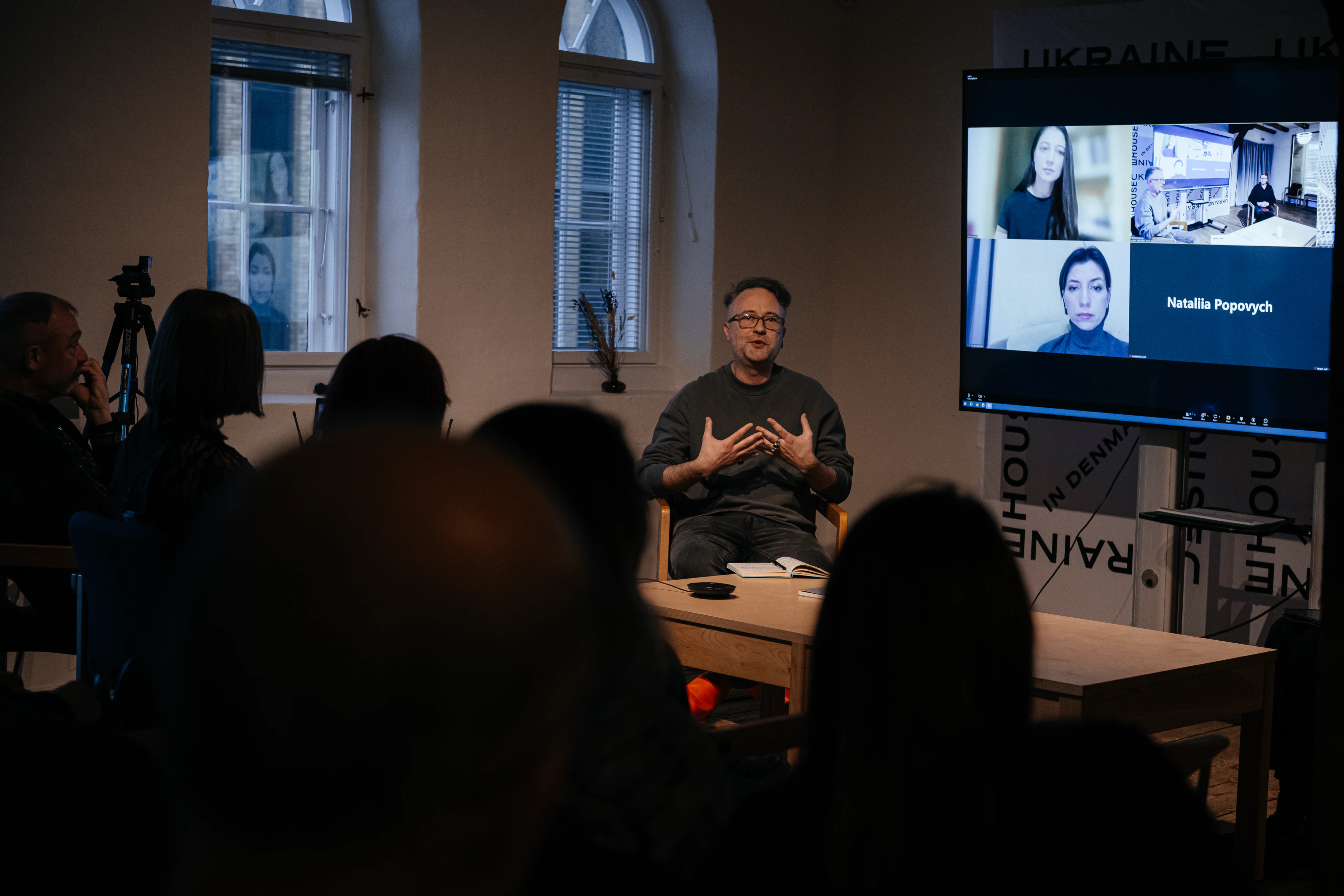
Please tell us more about the accompanying events (screening of Oleksandr Dovzhenko’s film, panel discussions). What were they about, and who participated in them?
UHD:
Oleksandr Dovzhenko's silent movie 'Zemlia' (The Earth) is absolutely crucial to convey the main message of the exhibition - the deep emotional connection of Ukrainians to their land and the sacrifice they have to endure to protect it for centuries.
Katya Stukalova, Ukraine House in Denmark
It was therefore extremely important to show the movie in the context of the exhibition as it was shown in Kyiv. As the movie is silent, it is usually shown either with a soundtrack or with live accompaniment. We chose the latter and invited the renowned Ukrainian band Pyrig i Batih to perform live. This decision proved highly effective, as their performance left a profound and lasting emotional and artistic impression on both the Ukrainian and international audiences.
The panel discussion covered several topics related to the main theme of the exhibition, such as the demining of the Ukrainian farmland, the rebuilding of the Ukrainian agricultural industry in order to revive the economy and to return Ukraine’s role of the breadbasket for the vulnerable continents, the long-lasting psychological effects that were caused by the Holodomor and how Ukrainians turn food from the weapon of blackmail and manipulation into the tool of the resistance and cultural diplomacy.
In addition, we organised numerous guided tours throughout the three months of the exhibition to help audiences gain a deeper insight into its themes. On Copenhagen Culture Night alone, we conducted nine guided tours for nearly 200 attendees, showcasing the exhibition's ability to engage and resonate with diverse audiences.
What kind of feedback have you received on the exhibition, the opening, and the accompanying events?
UHD: Most of the feedback was very positive. Visitors praised the concept of the exhibition, the talent of the Ukrainian artists and the work of the curators. They were mostly deeply touched by the stories told in the exhibition, especially by the young artists from the occupied territories.
The response to the panel discussion on reconstruction, however, was somewhat more reserved. Several experts and attendees expressed the view that discussions about rebuilding might be premature until Ukraine has achieved victory or at least a significant pause in the war. Based on our experience organising reconstruction-focused talks over the past two years, this sentiment is not unique to this event. There has been a noticeable shift in Danish society's perspective on rebuilding efforts over the last 12 to 18 months, with initial enthusiasm giving way to a more cautious and patient outlook.
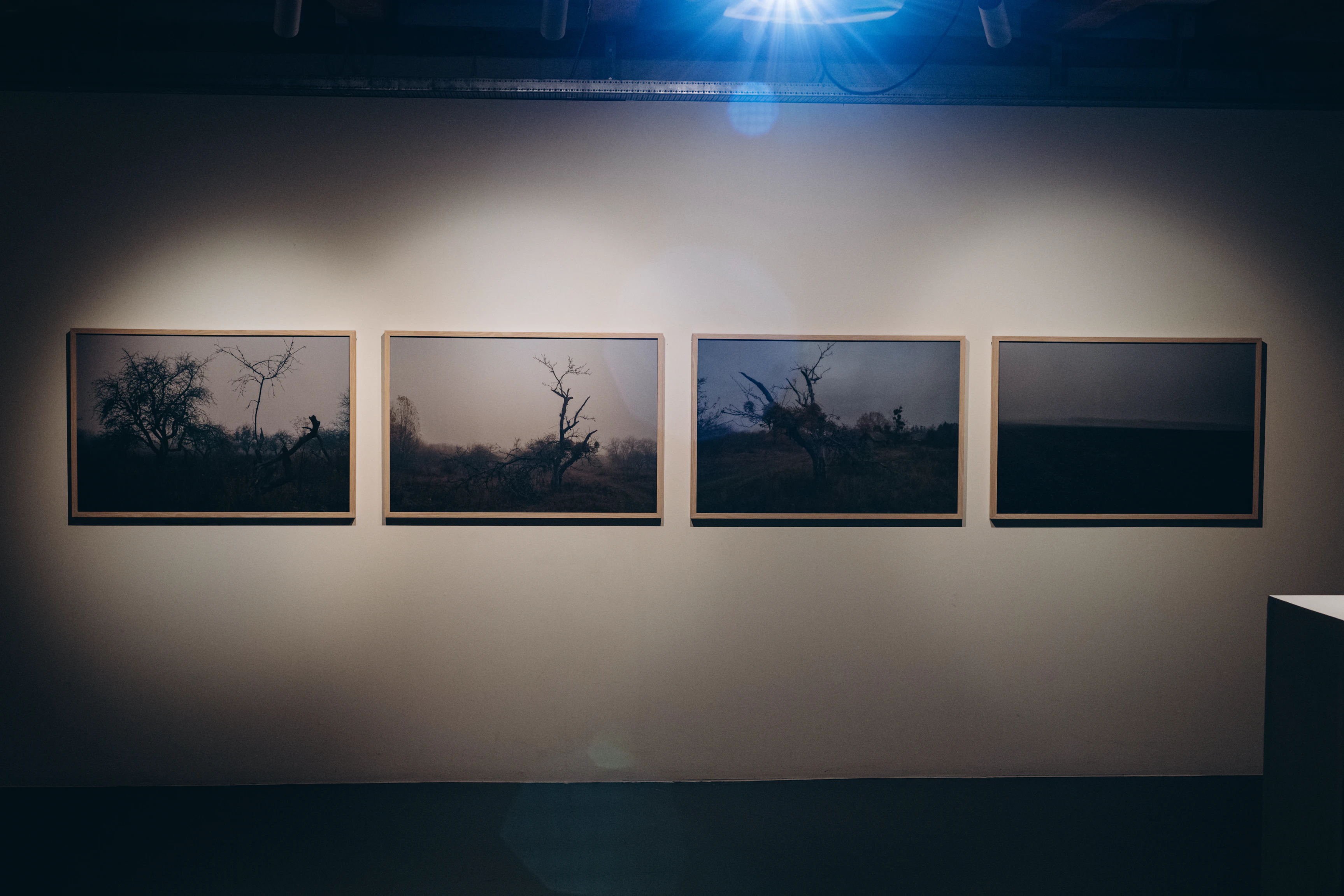
How will the involvement of Danish organizations, such as the Danish Demining Group and RealDania, help address practical solutions for the consequences of the war on Ukrainian land?
UHD: We couldn't reach Danish Demining Group and we weren't successful in involving RealDania to the discussion on the agriculture rebuilding topics, but we engaged Danish Refugee Council and its Head of Humanitarian Disarmament and Peacebuilding and DanChurchAid, one of the most active organisations in the humanitarian demining worldwide.
We learned that Danish organisations hold a significant expertise in the field of demining and rebuilding and their resolve to support Ukraine is still strong.
We are sure that Danish organizations will play a crucial role to address the consequences of the war and we are doing our best to keep them informed and involved.
What are your future plans for the exhibition? Do you plan to collaborate on a similar project with the Danish side in the future?
MA: The exhibition and artworks have now returned to Ukraine. We currently have no plans or proposals to show the exhibition ʼHeart of Earth’ in other cities or countries. However, the Mystetskyi Arsenal is always open to collaborations with other institutions. We were happy to work with the team of Ukraine House in Denmark so of course we will only be happy about possible joint projects in the future!
Author: Ján Janočko
ZMINA: Rebuilding is a project co-funded by the EU Creative Europe Programme under a dedicated call for proposals to support Ukrainian displaced people and the Ukrainian Cultural and Creative Sectors. The project is a cooperation between IZOLYATSIA (UA), Trans Europe Halles (SE) and Malý Berlín (SK).